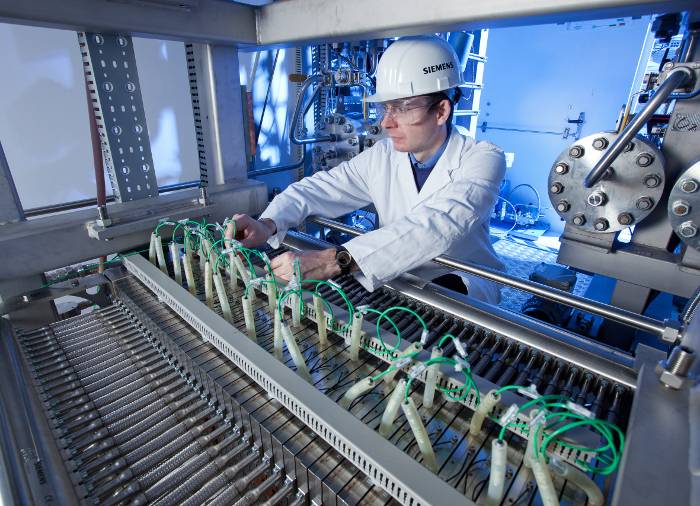India will see a five-fold growth in hydrogen demand by 2050. By 2030, green hydrogen (hydrogen produced using renewable energy) will become cost-competitive with hydrogen from fossil fuels as green hydrogen cost falls more than 50%.
These findings are part of a report created by The Energy and Resources Institute (TERI) under its Energy Transitions Commission (ETC) India programme.
The report, titled “The Potential Role of Hydrogen in India,” was launched recently by Dr Rajiv Kumar, Vice Chairman, government thinktank NITI Aayog.
“This is a first-of-its-kind, cross-sector assessment of how hydrogen technologies can support the transition to a zero-carbon energy system in India,” said Will Hall, Fellow, TERI, and one of the report authors.
The report highlights the need to target hydrogen in sectors where direct electrification is not possible. These are heavy-duty, long-distance transport sectors, some industry sectors, and long-term seasonal storage in the power sector.
In transport, the report said, battery electric vehicles will become competitive across all segments, except for very long-distance, heavy-duty transport, which could be fuelled by hydrogen.
The report projects hydrogen to start competing with fossil fuels in certain industrial applications by 2030. For example, ammonia produced from green hydrogen will be competitive with the incumbent technology of ammonia produced from fossil fuel-based hydrogen, it said.
According to the report, in the power sector, hydrogen could provide an important source of seasonal storage for variable renewables like solar and wind energy. However, large amounts of seasonal storage will become necessary only when the share of wind and solar in total generation reaches very high levels (60-80%).
The report also projected that green hydrogen production could require around 1000 TWh of renewables-based electricity by 2050, placing further pressure on power system decarbonization.
Government support
Dr Kumar assured government support for the growth of the hydrogen sector in India. “In Government of India, we see hydrogen as our next big sunrise sector and a transition to the hydrogen economy as the way forward for India. I, therefore, hope that some of my optimism about the sector will prevail in combination with a coordinated policy thrust from us,” he said.
Dr Kumar suggested adding electrolyzers to produce hydrogen in the list of industries to receive the production-linked fiscal incentives recently announced by the government for economic recovery.
Electrolyzers are used to produce hydrogen from the splitting of water (H2O) using electricity.
Emphasizing on the need to look at hydrogen growth in India from the point of view of demand, Dr Ajay Mathur, Director General, TERI, said, “The falling cost of hydrogen will drive its uptake, with initial scale-up being driven by collaborations between progressive public and private players… India has an opportunity to grow an economically competitive low-carbon hydrogen sector that can spur job growth, reduce energy imports, whilst drastically reducing emissions.”
Lord Adair Turner, Co-Chair, ETC, added that it is important to see a hydrogen economy not just as a way to decarbonize economies but also as an opportunity for creating new value-added businesses and employment.
“The costs of making green hydrogen from electrolysis are falling fast, with $2 per kg production costs likely to be achieved before 2030. So, it is essential to identify what role hydrogen could play in India, and how Indian industry can seize the economic opportunities arising,” he said.
This content is protected by copyright and may not be reused. If you want to cooperate with us and would like to reuse some of our content, please contact: editors@pv-magazine.com.









Solar Panel Company in India Solluz Energy is a leading solar panel company in India, delivering sustainable energy solutions with top-notch installations and maintenance services. Our mission is to harness solar power for a greener, brighter future. Join us in powering progress with clean, renewable energy!